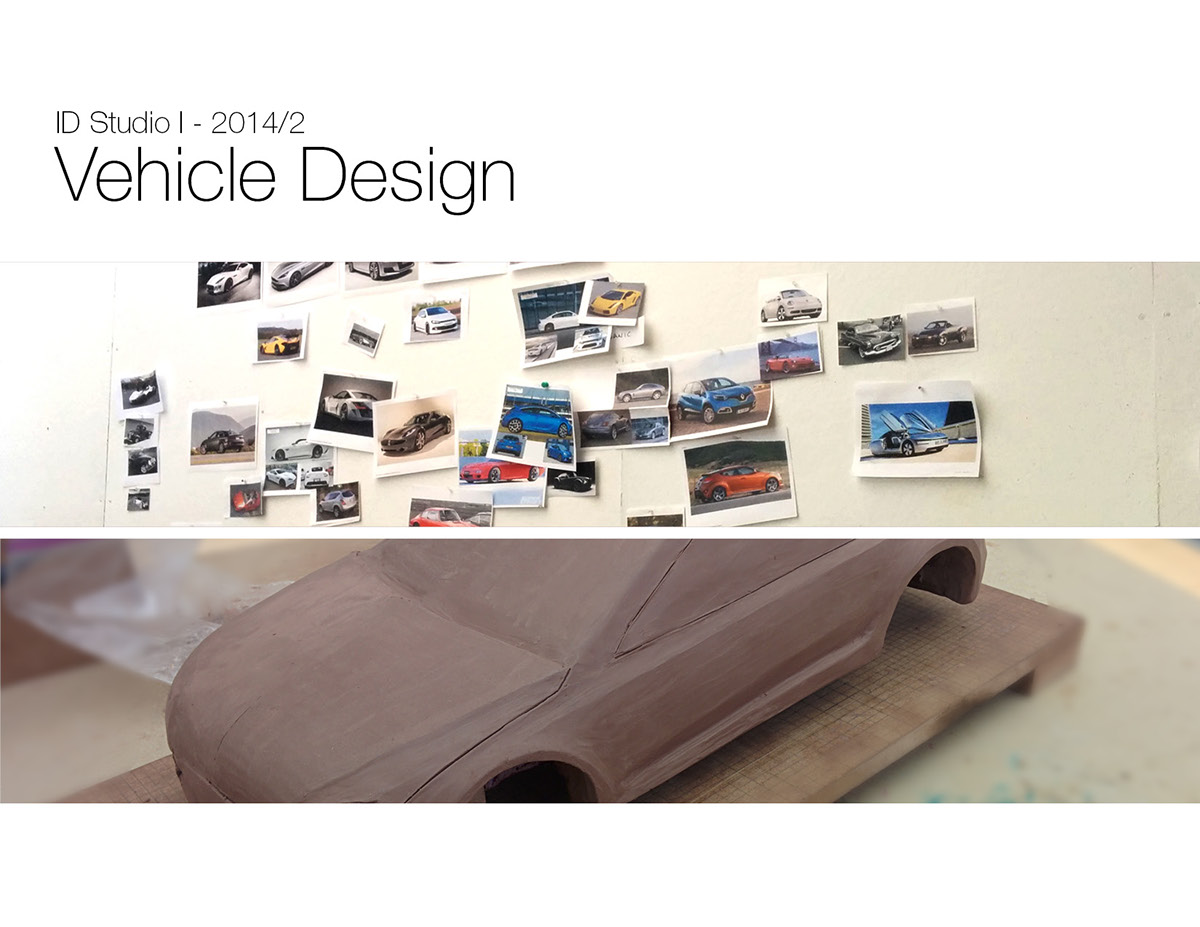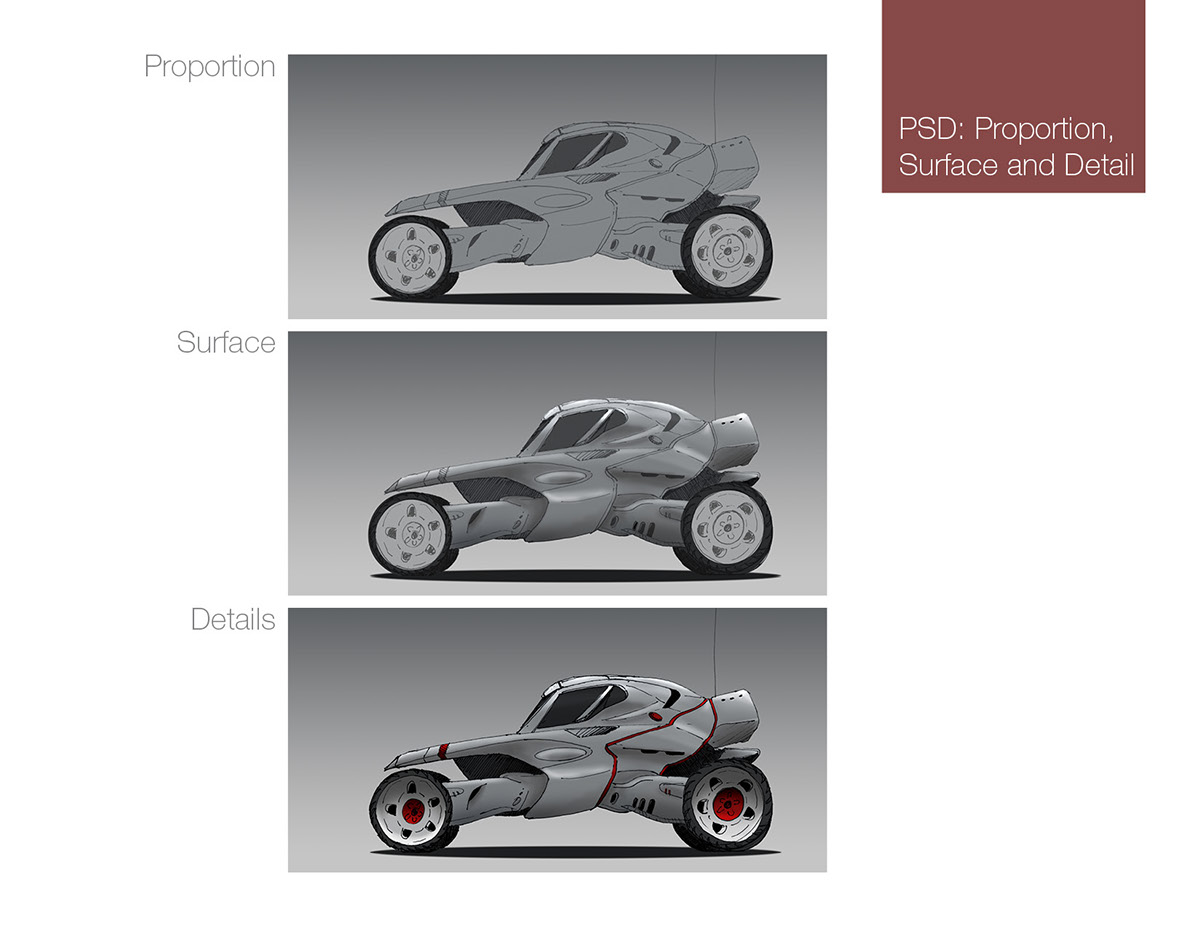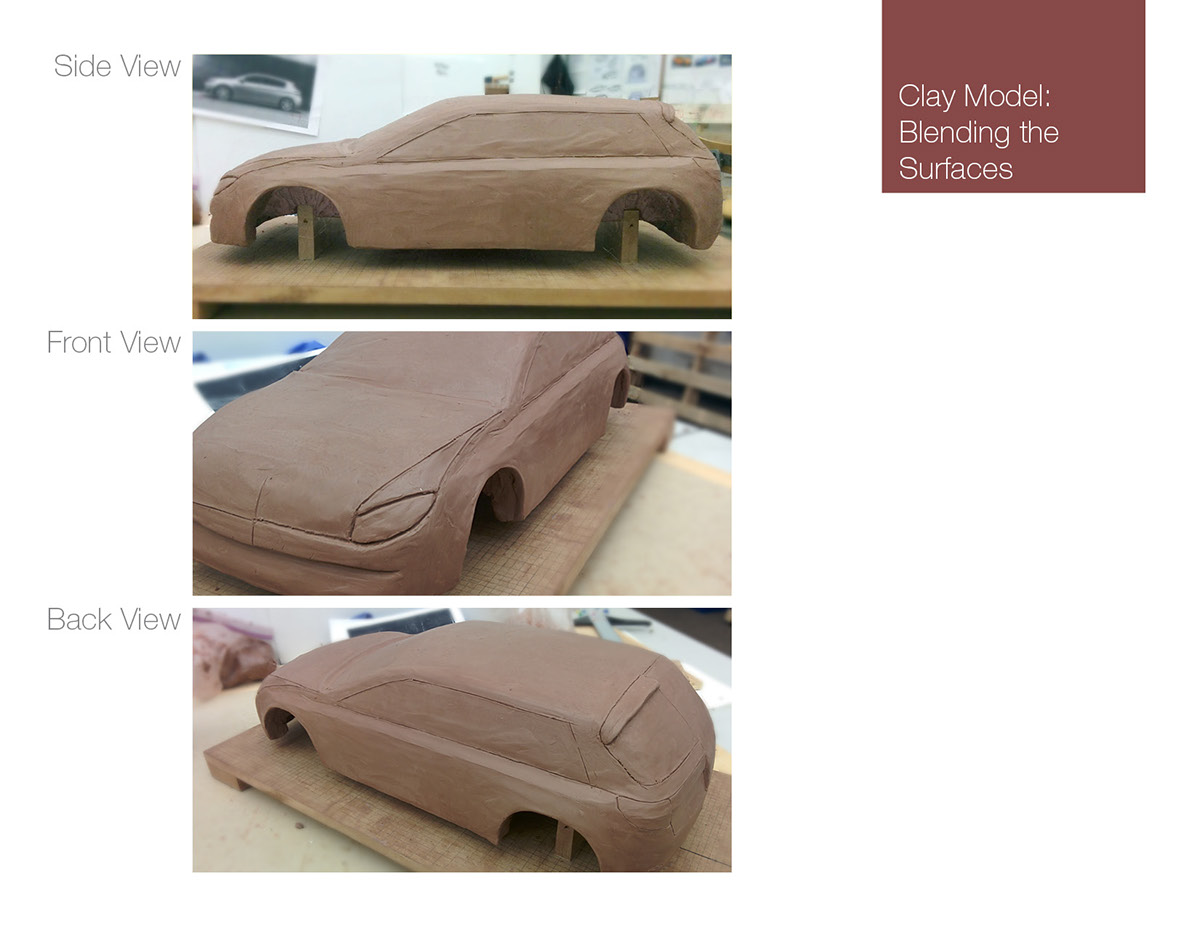
Cars, one of the most advertised, desired and selled product in the world. Yes, it is a product, too. Men and women worked hard to design, produce and sell it, like a soft good, or a houseware. What it its, then, with cars that we have so much respect and admiration for their work? Well, now I have the answer: because it is complex and laborious.
In this project, the goal was to develop the exterior design of an electric car, with primary emphasis on the aesthesics of the product. Other points considered in the procedure was ergonomics, product function and the packaging. This is just a drop in the ocean of veichle design, but these concepts and studies exposed me to a different way of thinking about and observing products. I hope you can absorb a little from this work, too, after taking a look at this project. Enjoy!

When it come to cars, their shape and curves carry meaning, emotion, character. They have a story behind. they were a thought, a desire before taking shape. The abstraction behind each crease is the hearth of car design, and to identify what is the intention behind these well-designed curves is one of the first steps to really understand what is so passionate about those metal shells over four wheels.
For one of the fist exercises in class, we made a matrix to practice our design eye over cars. The words here were not chosen by accident: they translate the different impressions you have when looking at a car. Most of the time it is not a conscious thought. We just absorb it. And usually a good car design (not a beautiful car design, you see) is the one that can be recognized by most of the people what the designer wanted to express. Of course, all this subjectivity does not apply just for the outside, but for the interior too. It must follow the same identity and it takes as much thought as the exterior. For this project in particular, we will focus only in the outside design.
And that is a lot, already.


Before even starting designing our cars, we learned how to understand and create complex curves. The reason behind studying this is simple: veichles are pleasable to see because they carry a meaning behind. It is easy to correlate cars and feelings. why? well, for many reasons, actually. A past experience from your childhood, an ad on the TV, it remembers the shape of an insect, it is incredibly fast, and many others.
With this in mind, we started sketching from using the golf GTI as a guide. We started making small changes, small iterations. after a while, we started changing vital proportions, even the body configuration. The brightest point of doing this exercise was to experiment without fear of doing something wrong, because the fact we are so used to see cars, our brain knows what works and what not. The hard part though, was to identify it
and fix it.


This three words, easly recognizable and well known, are now presented to us as a walktrough to achieve a good design, in this particular order. And it makes sense. I made this example using digital painting, but the same philosophy is applied when modeling with clay.
No matter what you do with the surface: if the overall proportion doesn`t look good, you will have problems. Same thing with details and surface. This is a path you should take when creating pretty much anything.
We took this concept and applied it in our sketches, thinking primarly about the proportions of the car - wheelbase, heigth of the greenhouse, angles, size of the wheel arch - then the changes from one surface to another - side body to hood, cant rail to roof - and ultimately the details - taillight, crease lines, bumpers, rearview - helping us in the ideation phase and, the most important, creating a workflow to translate those sketches into our clay model.
After the surface is settled, the details will follow the planes, emphasizing the carachteristics of the product and complementing the design language chosen. Following this steps helped my design look more belivable and attractive.






